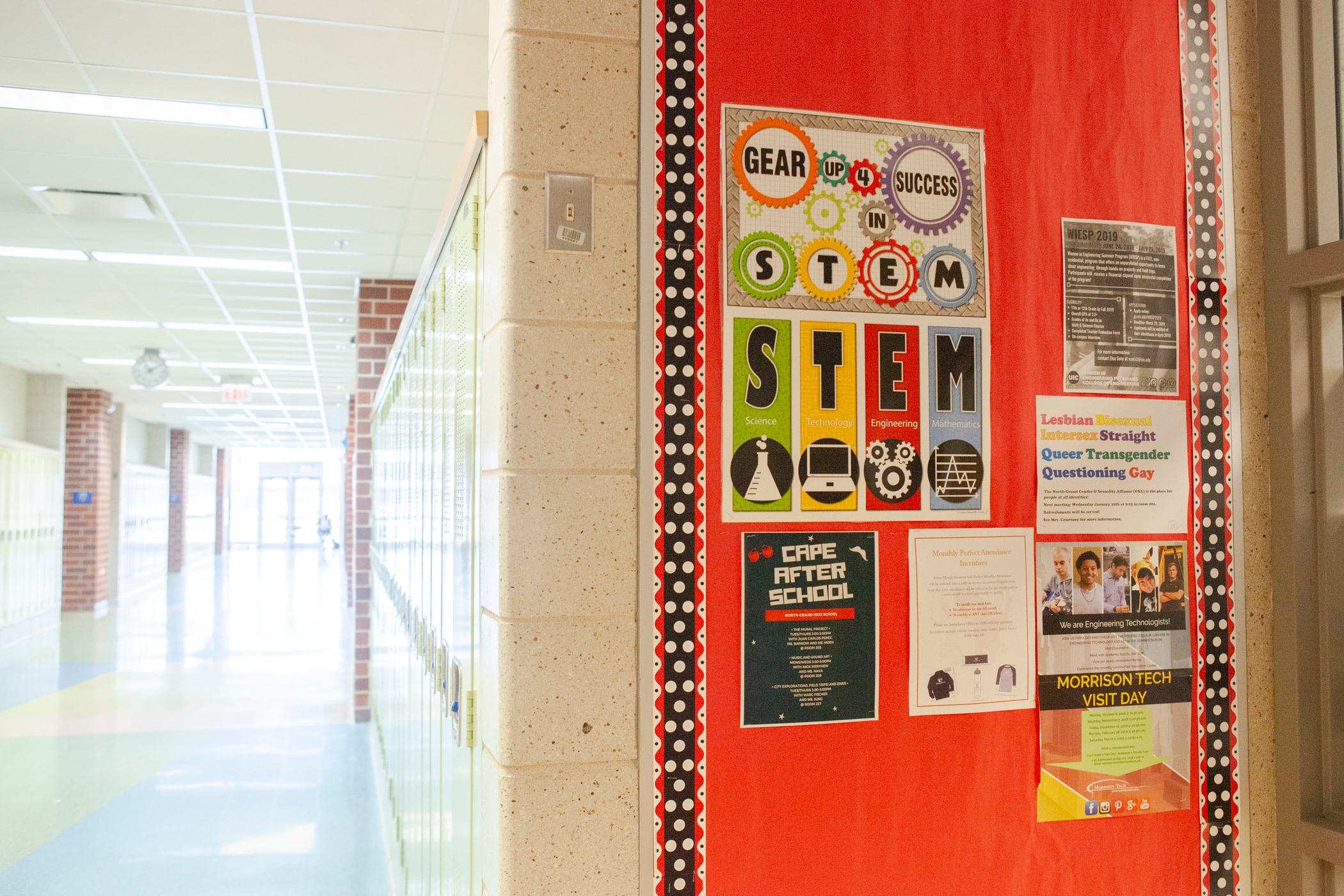Sign up for Chalkbeat Chicago’s free daily newsletter to keep up with the latest education news.
The portion of young Chicagoans neither going to school nor working is returning to pre-COVID levels — but it’s an uneven recovery that has left behind Black teens as well as adolescents in the city’s most disadvantaged neighborhoods.
Overall, about 45,000 16- to 24-year-olds in the city are disconnected from both school and work, accounting for roughly 12% of the city’s residents in that age group — a rate just slightly higher than pre-COVID.
“In the aftermath of the pandemic when things looked really shaky, these overall numbers are very encouraging,” said Matthew Wilson, associate director at the University of Illinois Chicago’s Great Cities Institute and one of the authors of a new study on youth disconnection.
That was until researchers zeroed in on Black teens, he added: “When I saw these numbers, I thought, ‘Wait a minute.’”
The new report found the number of Black 16- to 19-year-olds who are not in school, college, or the workforce more than doubled from 2021 to 2022, the most recent year for which U.S. Census data is available.
Statewide, roughly 163,000 teens and young adults are not in school or working — a number that would make it Illinois’ third-largest city, the report’s authors note.
Chicago continues to lag behind the state and the country in getting young people reconnected to school and work since the height of the pandemic.
The Chicago-based nonprofit Alternative Schools Network commissioned the report for the second year as part of a push to ask Illinois lawmakers to allocate $300 million to a new youth employment program statewide. In Chicago, Mayor Brandon Johnson has also championed youth jobs, vowing to double the number of opportunities open to teens and young adults, though his administration made more limited headway in boosting that number by 20% last summer, his first in office.
Experts believe that re-engaging young people who are neither working nor going to school is key to addressing poverty, racial disparities, and gun violence. Even short stints of disconnection can have a lasting effect on a person’s earning potential, health, relationships, and odds of becoming incarcerated, research has shown.
The disconnection rate dipped for Black and Latino 16- to 24-year-olds overall in 2022 while continuing to rise for their white counterparts. Nevertheless, that rate still remains much higher for young people of color. Almost a quarter of Black youth that age were out of school and out of work compared with 11% for Latinos and about 7% for whites.
The disconnection rate for Black 20- to 24-year-olds declined markedly. But the rate for 16- to 19-year-olds shot up from about 9% to more than 17%.
Wilson believes Black teens might still grapple with disconnection at a higher rate because that age group bore the brunt of the pandemic’s learning disruption and social-emotional toll during their all-important high school years.
“Being a high school student during COVID times was just a really bad place to be,” he said. “Your chance of having a meaningful attachment to school and being on a good trajectory after high school was diminished.”
The report also highlights dramatic differences in the rate of youth disconnection among Chicago neighborhoods and between the city and its north suburbs. That rate is less than 2% in some Cook County communities — and more than 48% in the West Side neighborhoods of Austin, North Lawndale, and Garfield Park.
“If every other young person is not working and not in school, that’s a crisis,” Wilson said.
The Alternative Schools Network helped craft legislation to launch a $300 million program to hire some 80,000 young people statewide and enlist the network and other nonprofits to prepare them and support them in those jobs.
“Lower-income kids just don’t have the connections to the labor market and to jobs that middle-income and upper-class kids have,” said Jack Wuest, the network’s executive director.
“It’s a terrible loss of potential.”
Damon Revels stopped going to high school as a junior and spent much of last year jobless, navigating a lot of family instability and a sense that his life had gotten irrevocably off track. “I was failing badly,” he said.
But after re-enrolling at Dr. Pedro Albizu Campos High School, an alternative campus in Chicago’s Humboldt Park neighborhood, he got to participate in the Illinois Youth Investment Program, a state initiative that connects 16- to 24-year-olds with internships, career training and other opportunities. He worked overseeing activities at a Boys & Girls Club and laying tile on home renovation projects.
He said the opportunities gave him practical skills and helped him land a summer job at the YMCA after he graduates this June.
But also, Revels said, “I learned to trust people more and have a lot more confidence in myself rather than just feeling sorry for myself.”
Correction: A previous version of this article used the incorrect figure for the number of out-of-work and out-of-school teens and young adults in Illinois. There are roughly 163,000, not 136,000.
Becky Vevea contributed reporting.
Mila Koumpilova is Chalkbeat Chicago’s senior reporter covering Chicago Public Schools. Contact Mila at mkoumpilova@chalkbeat.org.






